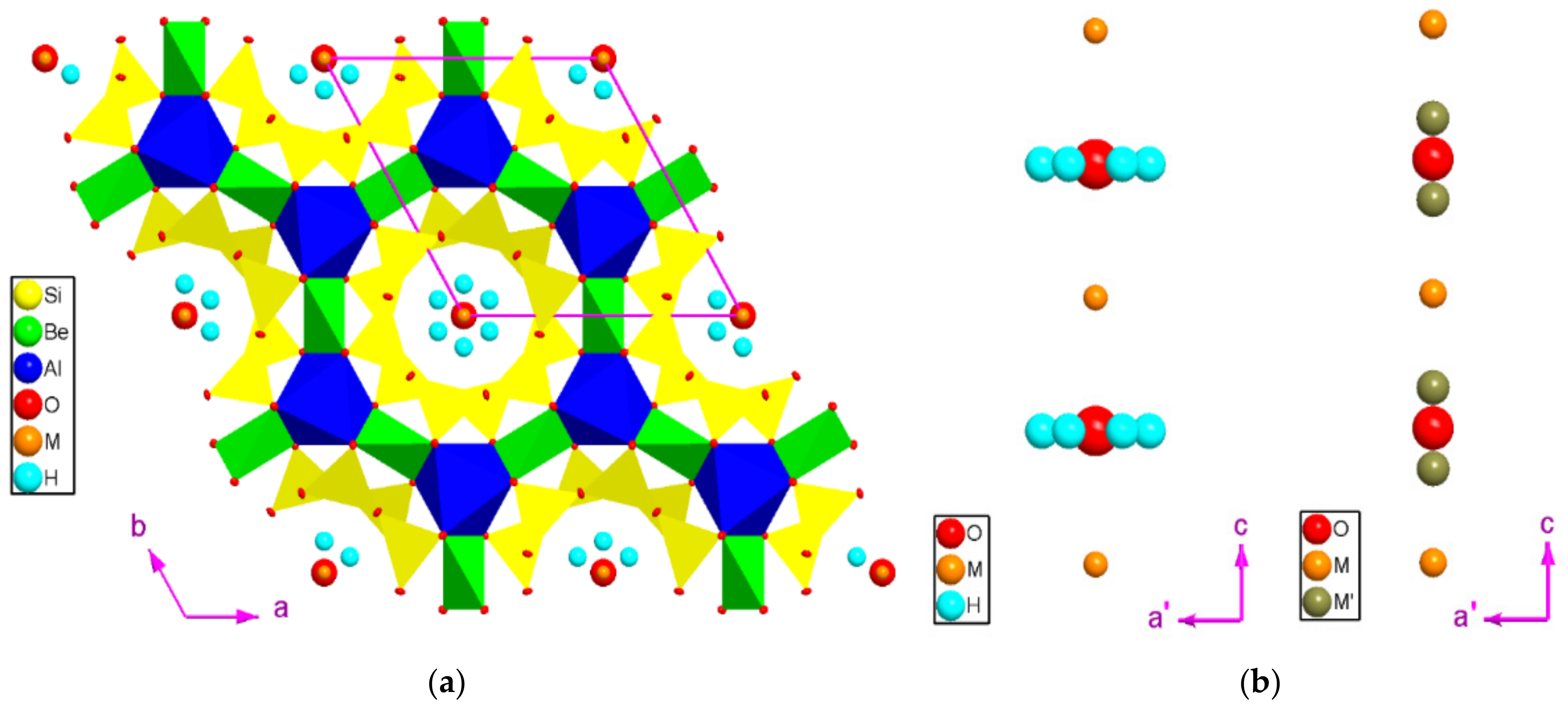National Hurricane Center (NHC) Forecast for Hurricane Beryl: Nhc Beryl

Nhc beryl – The National Hurricane Center (NHC) has issued the latest forecast track and intensity predictions for Hurricane Beryl, providing valuable information on its expected path, wind speeds, and potential landfall areas. The NHC closely monitors the storm’s progress and issues regular advisories and warnings to keep the public informed and prepared.
According to the NHC’s forecast, Hurricane Beryl is anticipated to maintain its strength as it moves across the Atlantic Ocean. The storm is projected to track in a north-northeast direction, with wind speeds remaining at around 85 mph. The NHC has highlighted potential landfall areas along the southeastern coast of the United States, with the exact location and timing of landfall still uncertain. The NHC emphasizes the importance of staying updated with the latest forecasts and advisories, as the storm’s path and intensity can change rapidly.
Expected Path
The NHC’s forecast track indicates that Hurricane Beryl will continue its north-northeast movement, passing east of the Bahamas and Bermuda. The storm is expected to approach the southeastern coast of the United States, with potential landfall areas ranging from Florida to North Carolina. The exact location and timing of landfall remain uncertain, and the NHC advises residents in these areas to closely monitor the storm’s progress.
Wind Speeds
The NHC predicts that Hurricane Beryl will maintain its intensity, with maximum sustained wind speeds of around 85 mph. These winds can cause significant damage to infrastructure, property, and vegetation. The NHC urges residents in potential landfall areas to prepare for strong winds and take necessary precautions to secure their homes and belongings.
Potential Landfall Areas
The NHC has identified potential landfall areas along the southeastern coast of the United States, including Florida, Georgia, South Carolina, and North Carolina. The exact location and timing of landfall are still uncertain, and the NHC emphasizes the importance of staying informed and prepared. Residents in these areas should monitor the storm’s progress closely and follow the instructions of local officials.
Official Advisories and Warnings, Nhc beryl
The NHC issues regular advisories and warnings to provide timely updates on Hurricane Beryl’s progress and potential impacts. These advisories include information on the storm’s location, intensity, forecast track, and potential hazards. The NHC encourages the public to stay informed by regularly checking its website or following its social media channels for the latest updates.
Historical Impact of Hurricanes in the Beryl Family

Hurricanes bearing the name “Beryl” have left their mark on history, impacting various regions with varying degrees of severity. Let’s delve into the annals of Beryl hurricanes, examining their impact and identifying patterns over time.
Over the past decades, several Beryl hurricanes have made landfall, causing significant damage and loss of life. Notable examples include:
Hurricane Beryl (1988)
- Category 4 hurricane that struck Mexico’s Yucatan Peninsula, causing widespread flooding and damage to infrastructure.
- Left over 100,000 people homeless and claimed the lives of at least 9 people.
Hurricane Beryl (2006)
- Category 3 hurricane that made landfall in Florida, bringing heavy rainfall and wind damage.
- Caused power outages, downed trees, and minor structural damage.
Hurricane Beryl (2018)
- Category 3 hurricane that impacted the Lesser Antilles, particularly Dominica.
- Brought torrential rains, causing flash floods and mudslides, leading to significant infrastructure damage and loss of life.
While Beryl hurricanes do not occur frequently, they have been known to cause substantial damage when they do. Analyzing their frequency and severity over time reveals that Beryl hurricanes tend to form during the peak of the Atlantic hurricane season, typically between August and October.
The intensity and impact of Beryl hurricanes can vary depending on factors such as sea surface temperatures, wind shear, and atmospheric conditions. Understanding these factors and tracking their evolution helps meteorologists better predict the potential severity of Beryl hurricanes and issue timely warnings to affected areas.
Hurricane Beryl has been churning through the Atlantic, leaving a trail of destruction in its wake. Forecasters have been using spaghetti models to track the storm’s path, but these models can often be inaccurate. Despite the uncertainty, Beryl is expected to continue to strengthen as it moves towards the Caribbean.
National Hurricane Center (NHC) Beryl is a Category 1 hurricane that formed in the Atlantic Ocean. For the latest information on its projected path, visit beryl projected path. NHC Beryl is expected to continue moving northwest and strengthen to a Category 2 hurricane by Wednesday.